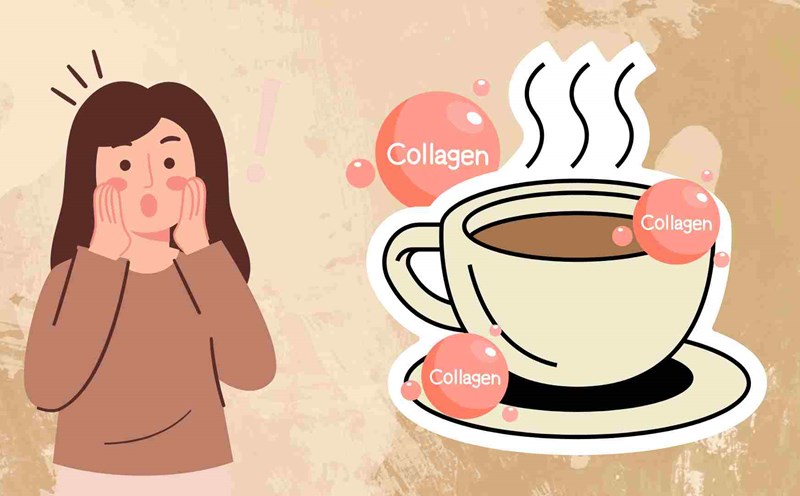Crispy dried fish skin
This "national" snack is not only addictive by the crispness, salty taste, but also contains very high natural collagen content from the fish skin. According to Dr. Joshua Zeichner, Director of Cosmetic and Clinical Research at Mount Sinai Hospital (New York, USA): "Collagen in fish skin has a structure similar to human collagen, helping to improve skin elasticity and moisture during digestion."
Chicken feet soaked in lemongrass
Chicken feet contain abundant collagen content thanks to the tendon, thick skin. When combined with lemongrass, blockage, chili, food not only appetite but also helps to prevent oxidation. "Collagen Type I and III are abundant in chicken veins, very important in maintaining firm skin structure," according to GS. Shigenobu Shibata, Waseda University (Japan), a nutrition and biological pace said.
Whole Aloe vera
Aloe vera does not contain collagen, but it is a catalyst that helps the body produce endogenous collagen. Aloe vera gel contains many vitamins C, E and anti -inflammatory agents, promoting skin cell regeneration. Research by Dr. Whitney Bowe, a dermatologist in New York, shows: "Aloe vera helps to increase collagen to 90% when used regularly every day."
Salmon bone jelly
A new snack is ascended in young Asian people - jelly made from salmon bones. This jelly is rich in collagen peptide - the most absorbent form. According to the analysis of the Korean Nutrition Institute, 100g of salmon bones can provide up to 800mg of collagen - an impressive figure in the food industry.
Honey-roasted almonds
Does not contain collagen directly, but almonds are "assistant" powerful. They contain vitamin E, magnesium and essential fatty acids, helping to maintain skin protection and prevent collagen degeneration. Dr. Debra Jaliman, a dermatologist at ICAHN Medical School, said: "Vitamin E in almonds acts as a armor against the harmful effects of UV rays - the leading culprit to destroy collagen."











